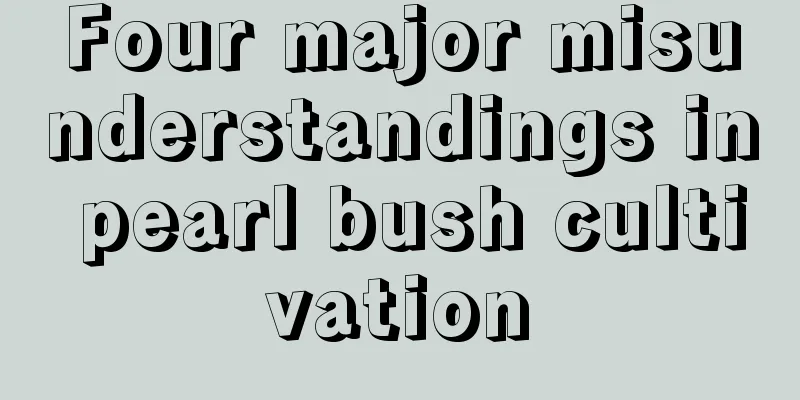What to do if there are too many green radish roots

Aerial rootsWhen growing green radish. It is often found that it grows long fibrous roots, which are actually the so-called aerial roots. Faced with these long roots, many flower lovers don’t know what to do. In fact, the fibrous roots that grow out of the green ivy do have certain functions. These roots can mainly help the plant absorb moisture in the air, and then the branches and leaves can breathe. Therefore, the more luxuriant the aerial roots grow, the more luxuriant the green ivy will grow. If the aerial roots touch the soil or are inserted into water, a large number of tiny fibrous roots will sprout, and then they can further develop into the roots of the green ivy. After growth and development, the plant will be more likely to grow new axillary buds and lateral buds, and will grow stronger. Do you need to cut it?In fact, when most flower lovers find that their green ivy has grown long fibrous roots, their first thought is to cut it off. After all, these long fibrous roots may not necessarily bring good ornamental effects to the green ivy, so it is better to cut them off. But I want to tell you that it is best not to cut off the aerial roots grown by the green radish. First of all, the aerial roots of the green radish can play a good auxiliary role in its growth and development, so if you leave these aerial roots, your green radish will definitely grow more vigorously. Secondly, if the aerial roots are cut off, the green ivy may suffer some adverse consequences, such as leaf damage, cracks, etc. Because cutting off the aerial roots will reduce the leaves' absorption of water, problems will occur with the leaves, affecting their appearance. Finally, if the aerial roots of the green ivy are cut short, the root system will definitely be left with wounds. The direct consequence of these wounds is that it will be easier for pathogens to invade. Only when the roots are intact can the invasion of pathogens be reduced. If the roots are cut short and have wounds, the pathogens will find a gap to invade, which can cause severe root rot of the green radish. Therefore, it is best not to cut off the long roots of the green radish. If possible, process these aerial roots and arrange them in a more ornamental shape, which can also increase the ornamental value of the green radish. |
Recommend
What is the best month to plant early watermelon?
When to plant early watermelon Generally speaking...
How to grow lucky bamboo fast
1. Soil suitability If you want it to grow faster...
How to grow yacon
1. Maintenance methods 1. Temperature: It is not ...
The efficacy and function of palm tree flowers
1. Prevent and treat hypertension Drinking tea so...
The hydroponic method of coleus
Preparing the Hydroponic Container It is best to ...
How to care for calamus in winter
Is calamus afraid of cold? The most suitable grow...
Cultivation methods and precautions of Xiaozhuya
Sunlight needs Although it can be placed in a pla...
The three kinds of golden soils most loved by flower growers. Use them to grow flowers and never need to fertilize again!
Pine Needle Soil It's autumn now. Every time ...
What does the blooming gardenia mean?
1. Related to the language of flowers (1) Eternal...
How and when to plant asparagus roots
If you want to grow asparagus roots, you need to ...
Can lilies be grown in soil?
Can lilies be grown in soil? Lilies can be grown ...
When visiting the flower market during the Chinese New Year, avoid these 3 types of flowers because they cannot survive if you buy them home!
1. The leaves are too shiny When visiting the flo...
How to grow the succulent plant Otome Yume
Growth habits of the succulent plant Maiden Dream...
How to propagate purple clover and what to pay attention to
Purple clover reproduction method The main ways o...
Does Luo Han Guo relieve coughs? Does it help lose weight?
1. Can it relieve cough? Monk fruit has a cough s...









